Sintan-ri Station (신탄리역)
.0M 2025-02-01
4, Godaesan-gil, Yeoncheon-gun, Gyeonggi-do
+82-1544-7788
Sintan-ri Station, located on the Gyeongwon Line between Daegwang-ri and Baengmagoji Stations, opened on July 10, 1913. It was part of North Korean land after 1945, but was returned to South Korea in 1951. A sign labeling the station as the final station on the line was installed in 1971. With the opening of Baengmagoji Station on November 20, 2012, the station lost its title as the last station. However, many people still consider it as such, with many visitors coming to see the old sign.
Godaesan Mountain (고대산)
2.1Km 2021-07-20
Sinseo-myeon, Yeoncheon-gun, Gyeonggi-do
+82-31-839-2061
Godaesan Mountain (alt. 832 meters) is located next to Sintan-ri Station, which is the railroad disconnection point of the Gyeongwon Line. It is also on the way to Geumgangsan Mountain. Godaesan is ideal for mountain hiking because of its natural beauty and well-preserved
ecosystem. Moreover, this is the only mountain in South Korea on which the North Korean territory can be seen.
There are several theories about the origin of the mountain's name. One is that the mountain had been referred to as "keungore" (big whale) in the past by local residents. Another is that the mountain looks like the
banggorae (smoke duct) of a traditional Korean heating system when seen from the Sintan area; this is because the mountain's deep valleys resemble the furrows under that house that facilitate the passage of hot air to heat the room above. On a topographic map, the mountain was also marked as "Gotae" (like the constellations high above).
Godaesan also has a dense forest, making it a suitable source of timber and charcoal. Because of its abundant forest resources, a jumak (a tavern or inn that served food and liquor and provided lodging to travelers) village was formed here. The place was well-known for
charcoal production prior to the Korean War.
On November 4, 1907, 150 soldiers from the Korean militia fought a fierce battle with the 8th Company of the Japanese Army's 20th Infantry Regiment in Yeoncheon. After the fight, the Korean militia were scattered throughout the jumak village. Later on, 60 of them engaged in a
fierce battle again with the Japanese soldiers on Godaesan. This is a place imbued with the brave spirit of the Korean people.
Key Observatory (열쇠전망대)
6.4Km 2022-09-07
1375-1, Dongnae-ro, Yeoncheon-gun, Gyeonggi-do
+82-31-839-2147
Called to play the role of an important key for unification, Key Observatory was established on April 11, 1998 to commemorate the sorrow of homesickness and provide security education in the area. Military in the area can also keep watch over the north from this location. Visitors can see the DMZ fences and the Guard Point as well as exhibition hall where war items can be found.
Damteo Oji Camping Ground (담터오지캠핑장)
6.7Km 2024-11-04
409 Damteo-gil, Gwanin-myeon, Pocheon-si, Gyeonggi-do
Memorial Tower of Baengmagoji Battlefield and Memorial Museum (백마고지 위령비와 기념관)
6.8Km 2024-10-17
72, Daema 1-gil, Cheorwon-gun, Gangwon-do
+82-33-450-5559
Located in the northern area of South Korea, Baengmagoji Battlefield was one of the bloodiest battlefields during the Korean War. The communist Chinese army launched a major offensive attack for 10 days on October 6, 1952 during the Battle of Baengmagoji, which can be translated into the Battle of White Horse Highlands. Due to this battle, the communist Chinese army suffered around 14,000 casualties and the army completely collapsed while the 9th Infantry Division won the Battle of Baengmagoji and got the nickname “White Horse.”
After the battle, the area gave off a bad smell because of the dead bodies. The mountain area lost its original shape due to the severe battle and as a result the area was named “Baengmagoji” as it was said to resemble a white horse (baengma) lying down.
Cheorwon History and Culture Park (철원역사문화공원)
7.2Km 2024-11-04
262 Geumgangsan-ro, Cheorwon-eup, Cheorwon-gun, Gangwon-do
◎ Travel information to meet Hallyu’s charm - "Running Man"
A park that recreates Cheorwon-eup's downtown area from the 1930s, when it was one of the three major cities in Gangwon State, with modern facilities. At Cheorwon Station, you can ride the monorail to Soisan Mountain. From the peak of Soisan Mountain, you can get a panoramic view of the vast Cheorwon plain. Like Yoo Jae-suk and Ji Seok-jin, who chose "GO!" you can walk, but if you prefer not to sweat, choose "STOP!" and ride the monorail comfortably.
Cheorwon Korean Workers' Party Headquarters (철원 노동당사)
7.3Km 2023-03-07
265, Geumgangsan-ro, Cheorwon-gun, Gangwon-do
+82-33-450-5558
This three-story building located in Cheorwon-eup was constructed in 1946. Used as the headquarters of the Labor Party until the break of the Korean War on June 25, it is now a tourist attraction that still holds onto the vestiges of the Korean War.
Cheorwon Korean Workers' Party Headquarters is under the control of Cheorwon-gun Office as part of the Security Tour Course. Hundreds of thousands of people visit this tourist destination every year.
Cheorwon Dopiansa Temple (도피안사(철원))
7.7Km 2022-11-14
23, Dopidong-gil, Cheorwon-gun, Gangwon-do
+82-33-455-2471
Dopiansa Temple was built by the Buddhist Monk Doseon in 865, the 5th year of the reign of King Gyeongmun of the Unified Silla Period. Legend has it that Monk Doseon founded this temple because a 91 centimeter-tall iron seated Vairocana Buddha statue had disappeared while being carried to Anyangsa Temple in Cheorwon and was mysteriously found seated at the current site.
The temple was named Dopiansa to indicate that the iron-made Buddha statue had reached “pian,” meaning an eternal place to rest. In addition to the legendary iron seated Variocana Buddha statue (National Treasure) made by Monk Doseon, the temple houses a 4.1 meter-tall three-story stone pagoda (Treasure).
Simwonsa Temple (심원사(철원))
11.3Km 2024-03-20
58 Sangno 1-gil, Dongsong-eup, Cheorwon-gun, Gangwon-do
This thousand-year-old temple is revered as a sanctuary dedicated to the living Ksitigarbha Bodhisattva. The temple complex comprises various buildings, including Daeungjeon Hall, Myeongbujeon Hall, and Samseonggak Hall. Myeongbujeon Hall is particularly notable as it enshrines the statue of Ksitigarbha, which has been designated a Treasure of Korea. It is believed that if one prays earnestly, a single wish will be granted. This belief continues to draw Buddhists on pilgrimages, eager to experience the spiritual wonder of this revered sculpture.
Jiktangpokpo Falls [National Geopark] (직탕폭포 (한탄강 국가지질공원))
11.3Km 2021-09-25
94, Jiktang-gil, Cheorwon-gun, Gangwon-do
+82-33-450-5534
Jiktangpokpo Falls is location in the middle of Hantangang River, which runs through town of Dongsong-eup in Cheorwon. Unlike other falls, Jiktangpokpo Falls is not tall, but wide instead as the 3 meter-high falls stretch almost 60 meters from bank to bank. Widely known for its grandeur and beauty, Jiktangpokpo Falls is one of the 8 scenic wonders of Cheorwon. It is an ideal summer vacation spot and visitors can enjoy the savory maeuntang (spicy seafood stew) made with freshwater fish at one of the many restaurants located in the vicinity.

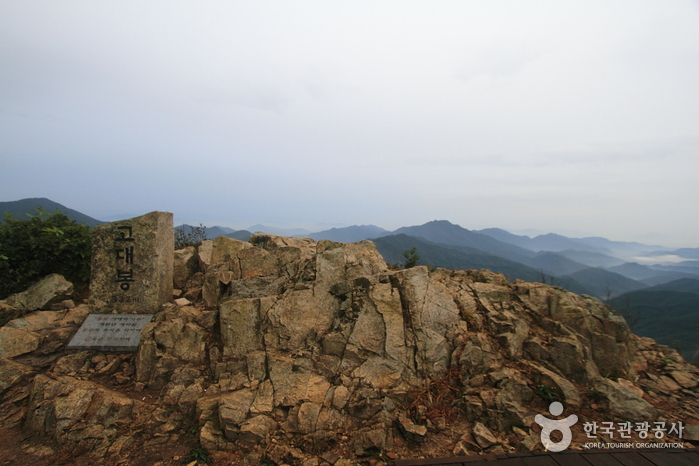
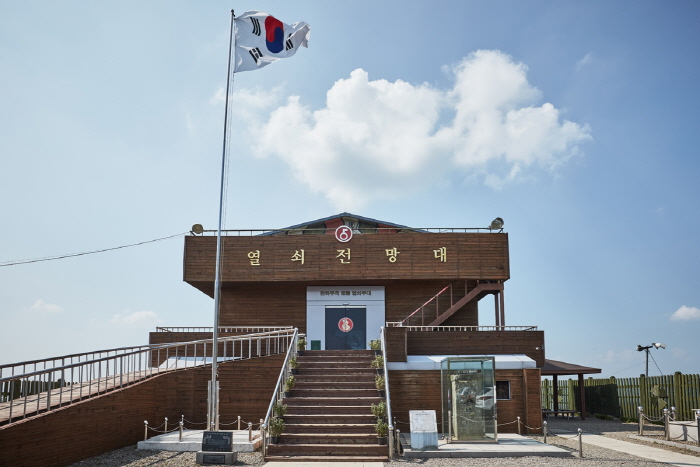
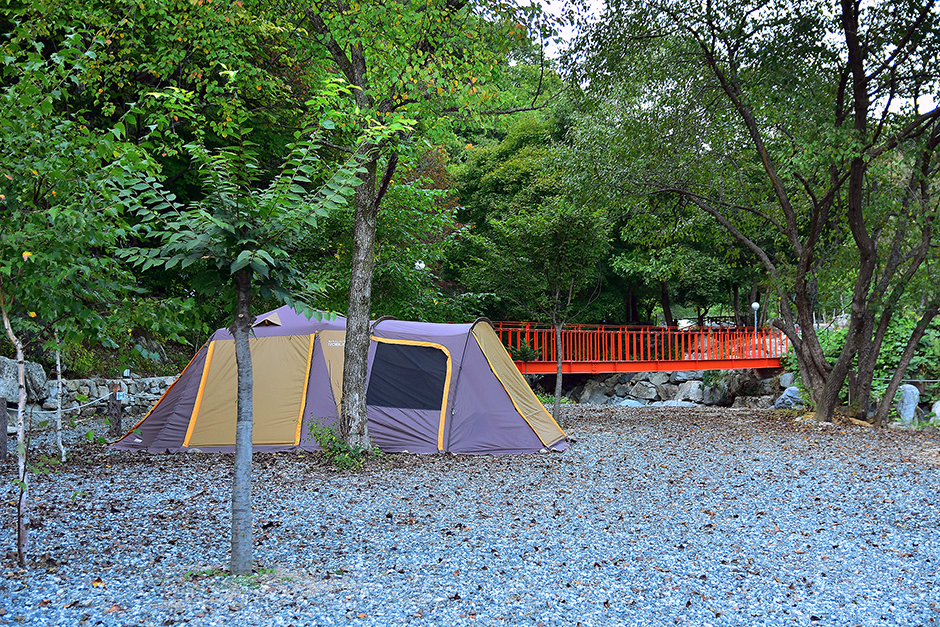
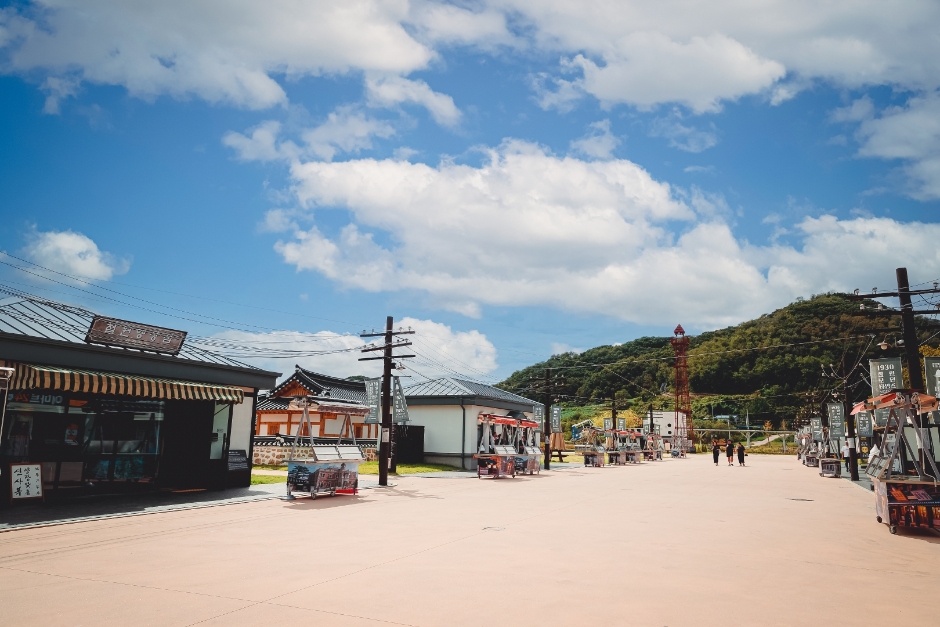
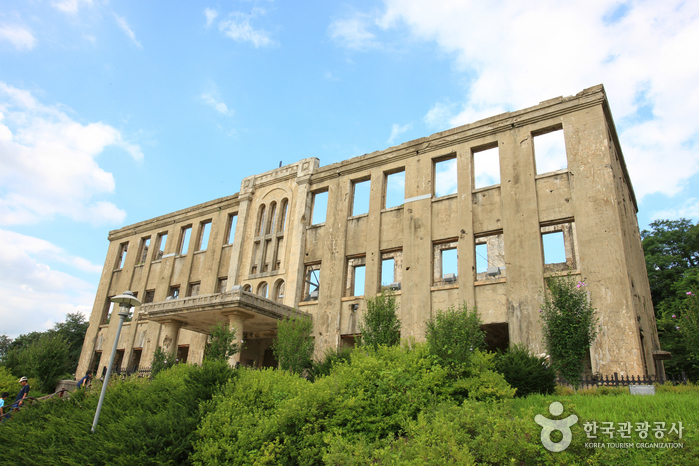
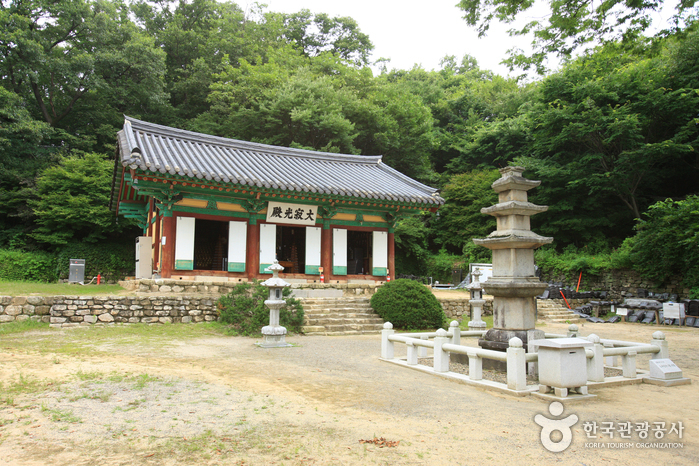
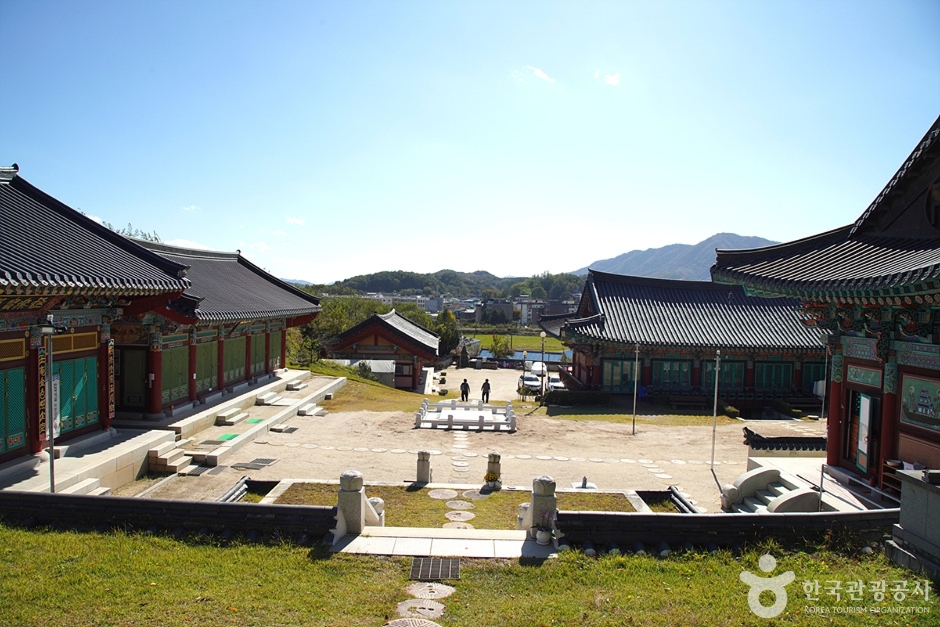
![Jiktangpokpo Falls [National Geopark] (직탕폭포 (한탄강 국가지질공원))](http://tong.visitkorea.or.kr/cms/resource/70/1137370_image2_1.jpg)
 English
English
 한국어
한국어 日本語
日本語 中文(简体)
中文(简体) Deutsch
Deutsch Français
Français Español
Español Русский
Русский